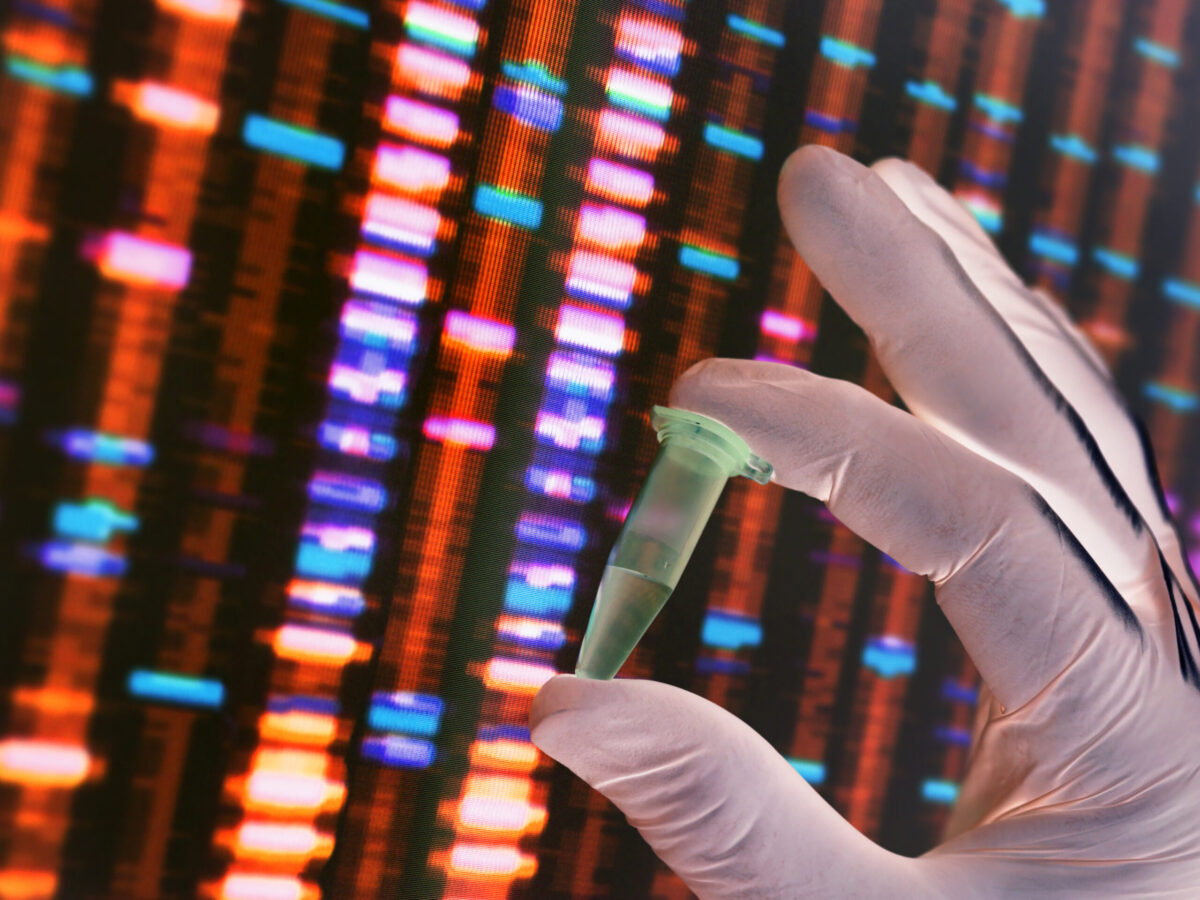Patients with Parkinson’s disease often display abnormal oscillations in motor neurons, which are thought to be associated with tremors. To help in the development of new treatments for Parkinson’s disease, researchers at the University of Buffalo have developed stem cells that mimic these oscillations in cell culture.
“With this new finding, we can now generate in a dish the neuronal misfiring that is similar to what occurs in the brain of a Parkinson’s patient,” said Dr. Jian Feng, senior author on the paper and professor in the Department of Physiology and Biophysics in the Jacobs School of Medicine and Biomedical Sciences at the University of Buffalo. “A variety of studies and drug discovery efforts can be implemented on these human neurons to speed up the discovery of a cure for Parkinson’s disease.”
In addition to potentially speeding up drug discovery and screening, the cell line could provide further insights into the pathology of Parkinson’s disease. The researchers published their work in the journal, Cell Reports.
Parkinson’s patients who are unresponsive to treatment may choose to undergo deep brain stimulation. However, neurosurgeons have noticed abnormal oscillations in the neurons of these patients while performing this procedure. The rhythmic surges of activity among the neurons is indicative of a problem with cell signaling.
“Our bodies move because there is coordination between the contracting and relaxing of our muscles,” said Feng. “It’s all exquisitely timed within the brain structure called basal ganglia.”
Earlier research conducted by Feng and colleagues found that mutations in the parkin gene were responsible for disrupting dopamine signaling, leading to the physical symptoms of Parkinson’s disease. The researchers generated the pluripotent stem cells with the characteristic oscillations using skin cells collected from Parkinson’s disease patients.
“What we found in our new research is pretty dramatic,” said Feng. “When we recorded electrical activity in the neurons with parkin mutations, you could clearly see the oscillations.”
According to Feng, the parkin mutations are disease-causing because they impact the neurons’ ability to communicate with one another. What’s more, when a virus containing a healthy copy of the parkin gene was transfected into the stem cells, the abnormal oscillations stopped.
“Normally, communication between these neurons is not repetitive,” continued Feng, “but in this case, we suspect that the oscillation reduces the information content being transmitted. It’s almost like stuttering, as though now the neuron can’t understand the instructions for normal movement. All the neurons ‘hear’ is nonsense.”
Right now, this cell culturing technique is too long and tedious to be used to screen Parkinson’s drug candidates. Startup biotechnology company, Q-State Biosciences, has expressed interest in developing a high-throughput technique which would be more useful for pharmaceutical companies developing therapeutics for the neurodegenerative disease.
“This research gives us a very nice way to screen for drugs because the phenotype is very much like what is going on in the brain,” said Feng. “Whatever blocks the oscillation in the dish could be a potential drug candidate.”












Join or login to leave a comment
JOIN LOGIN